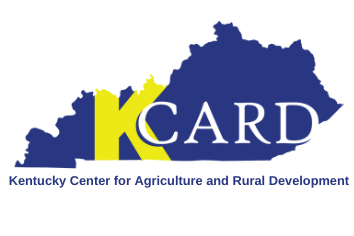When you first find a grant program that could fit your interests, your main source of information will typically be a document called the “Request for Applications”, also called the “RFA” or in federal programs, a “Notice of Funding Availability” or “NOFA”. This document is key in determining if a grant is a good fit for you or your organization and can easily surpass 40 pages in length. While you will need to read the entire document eventually, we suggest reviewing the following sections first:
Purpose: Does the purpose of this program align with the goals of your business and the nature of your proposed project?
Too often, people look at what grants are available and then create a project around grant objectives. Instead, you want to find grants that fit the current planned projects for our business. While some grants may cover up to 100% of eligible costs, remember that no grant is “free” – they all require an investment of time and effort by you, the applicant. Invest your time wisely. Let your business needs determine the project(s) for the grant.
Eligibility: Are you (or your organization) eligible to apply?
This is key. if you are an individual producer looking at a grant that is only open to state agencies, then you are wasting your time. Check the Eligibility section to ensure that your entity type – whether it is a farmer, business, agency, nonprofit, or other – is listed.
Due Date: Do you have enough time to complete the application and required documentation?
If you know of a program you are interested in applying for, begin your planning as soon as possible. Some programs require a business plan, marketing plan, or additional documentation that takes time to prepare. Be sure to join our Funding Matters email newsletter to stay up to date on upcoming grant opportunities.
Matching: If the grant requires you to provide some percent of total funding, can you or your organization find the necessary funds?
Some grants will cover 100% of the project’s costs. However, most grants will require a “match”. This simply means that you will have to provide some percentage of the cost for the project. For example: If a grant requires a 50% match, you must cover 50% of the project budget with your resources.
Duration: Can you complete the project within the program period?
If you have a large project that you’re anticipating will take 36 months to implement, you may not want to pursue a grant with a 24-month project period. If you can break up the project into phases, and you anticipate that one or more of these phases can be completed within this timeframe, then it may be a good idea to pursue funding only for those phases.
Reporting: Do the reporting requirements seem reasonable enough for you (or your team) to realistically complete?
When reviewing a grant, be sure to consider the reporting requirements. You may find that the grant is too small of an award to justify the amount of reporting that the grantor is requiring. For example, if a grant will provide you $2,500 but you estimate that the reporting will take 250 hours, this may not leave a reasonable budget for the implementation of the plan. It’s important to only apply for grants that you know you or your team can manage.
If the answer to any of these questions is “no”, then the grant you are reviewing likely isn’t an optimal fit, and you should continue your search.
KCARD’s Agribusiness Grant Facilitation Program can help you find the best funding program for your project and assist in the application process for funding for your agribusiness. For assistance identifying and applying for grants, please contact us at 859-550-3972 or via email at kcard@kcard.info.

